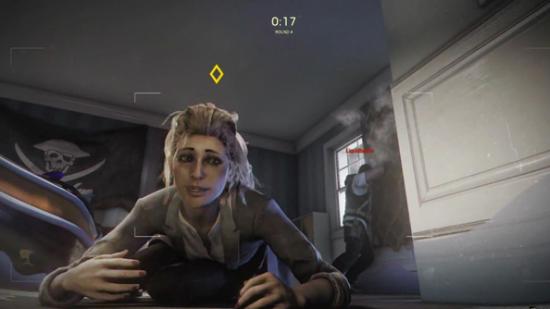Rainbow Six: Siege has been the best surprise of E3 so far – and from a technical standpoint, the biggest surprise in its demo was the moment a counter-terrorist decided he needn’t bother to lean around a bedroom wall. He could just punch bulletholes through it instead.
Five minutes of flying plaster later, the demo culminated in a multi-floor gym assault that saw ceiling and floors exploding inwards simultaneously. Breach and, a-thank-you, clear.
Here’s how it works.
“It’s a fully-procedural destruction system,” Ubisoft Montreal game designer Andrew Witts told GameTrailers. “It’s based on the material.
“So when players place a breach charge on a wooden wall, it’ll explode just like wood. When they take shotguns and they blow holes in through a wall to get a new line of sight on their enemies, it’ll break apart just like gib.”
(That’s gib as in drywall, not John Romero’s favourite red paint.)
Witts said procedural destruction was at “the core of the experience” – particularly for the Rainbow Six squad in competitive multiplayer. Their gadgets will differ from those of the hostage-takers, and prove especially useful in making holes in houses.
“A breach charge you plant on the wall,” Witts explained. “It’s asymmetrical, so the attackers have certain gadgets, and you have the defenders who are all about placing deployable shields. They get to place barbed wire which slows down attackers.”
For one side, the game is about “attacking and breaching”, while for the other it’s about “fortifying and waiting for the coming assault”. Does that sort of methodically-paced asymmetry sound like fun to you?
